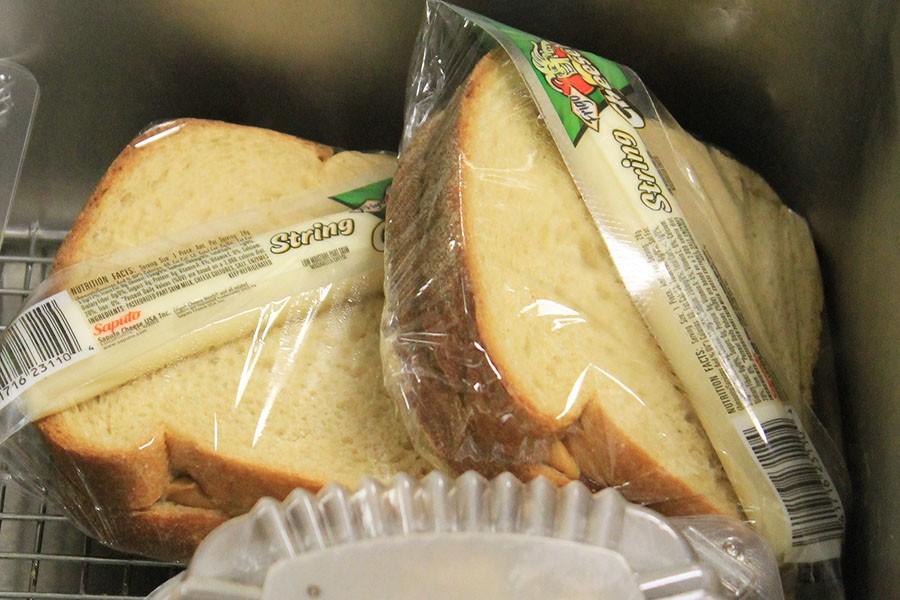White vs. Wheat
November 17, 2015
White or Wheat?
Some students at Hollis Brookline High School might have noticed the recent changes over the past few years in the types of grain products that are available at the cafeteria. The school has moved away from traditional white bread products and have been transitioning to whole wheat.
In July of 2012, HBHS started switching over to whole grain products by making cafeteria products 50% whole grain in accordance with federal guidelines. In 2014, we were scheduled to have 100% whole grain products, but last year we were a bit lax, resulting in a year’s delay. Although, by the end of the school year for 2016, the cafeteria is expected to be 100% whole grain.
According to data collected by Experian Marketing Services, the percentage of people choosing wheat bread has increased by close to 10% “from 2004 to 2013”. Rates for whole wheat consumption have gone from 45% to 53.8%, reflecting the trend of healthier eating around the country. Increased awareness has led to vast improvements in the overall health of U.S. inhabitants.
Whole wheat bread is made from the grain, endosperm, and germ of the grain which provides important B vitamins, and complex carbohydrates, which provides energy. White bread is made only from the endosperm so it has to be enriched with vitamins. Chlorine is an artificial bleach used to whiten the endosperm to give white bread a clean coloring.
“Anything made with bleach is dangerous for the environment,” said Candice Hancock, Family and Consumer Science teacher, making whole wheat is the greener choice.
The school purchases “whole grain products,” according to Food Service Manager Lyn Bill, which includes brown rice and pasta as well as sandwich breads. If given the choice between whole grain and white products Bill states that white “is preferred” by the students.
The United States Department of Agriculture requires “that school lunches provide students with at least one third of their daily nutritional needs. A healthy diet consists of a variety of foods eaten in moderation. While student favorites are served frequently, students are also exposed to new foods on a regular basis” according to SAU41’s Food Service page.
HBHS students were asked what type of bread they would choose if they were given the options of whole wheat, white or other. Almost 50% of students said they had white bread in their house, with only about 30% of people answering wheat. The remaining 20% of students said they had various breads like oatmeal bread or raisin bread.
Even with the health benefits that wheat bread presents, white bread is still the most common type among HBHS students. The health benefits have been widely promoted throughout school, and students understand the differences between whole grain and white products but still they show preference towards white-based products.













